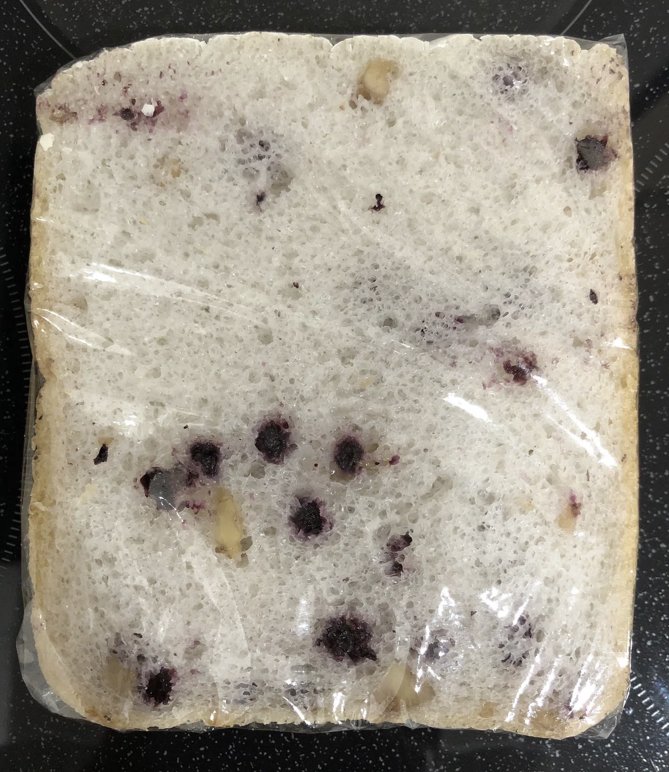Factors Affecting the Finish of Rice Bread: Water
In rice bread, water is crucial; it plays a central role in both fermentation and baking.
Most of my past failures—such as poor fermentation, collapsed structures, or overly large bubbles with thick walls in the crumb—seem to stem from issues related to water.
Since the optimal water content can vary even with slight differences in starch damage rates and amylose content, both of which affect water absorption, I’ve realized it’s important to pay close attention when switching rice flours.
Even when using the same brand and variety, adjusting the water content may be necessary due to variations in the time of purchase. While I’m not sure if this is related to the harvest time, I’ve noticed that the water absorption rate of rice flour from the same manufacturer and variety can vary depending on when it was purchased. The rice flour I recently bought has shown a slightly higher water absorption rate.
This means that the water content in recipes may need to be adjusted according to the condition of the dough.
The Roles of Water
Activating the Yeast
Yeast activity is restricted during the manufacturing process due to dehydration, and water activates it.
Insufficient water content in the dough can lead to poor fermentation.
Starch Gelatinization
The fluffiness and softness of bread come from starch, and water plays an important role in this process.
During baking, starch granules absorb water and expand under high heat (gelatinization).
As baking progresses, water evaporates from the gelatinized starch, forming a structure that maintains the fluffiness and softness of the bread.
Therefore, to achieve fluffy bread, it’s important to provide enough water for starch gelatinization.
Adjusting the Hardness of Dough
During fermentation, the balance between expanding force of carbon dioxide gas and the dough's abilty to stretch is very important, and the hardness of the dough affects its extensibility.
When the dough cannot stretch properly due to insufficient water, the gas generated during fermentation causes the walls to break, leading to the merging of bubbles. This results in a rough-textured dough with thick walls and large bubbles, or a dense, heavy dough with little volume, similar to mochi.
Adjusting the Mixing Temperature of Dough
To promote smooth yeast fermentation, the dough must be at the optimal temperature at the end of mixing, which is determined by the temperature of the water.
Comparison of Crumbs by Water Content (Verification with Real Breads)

collapsed structure,
overly large bubbles with thick walls in the crumb, poor fermentation, and reduced height.

fine-textured and soft.
It’s important to avoid inhibiting fermentation, provide adequate water for gelatinization,
and allow the dough to stretch properly.
The difference between the two pictures above is only 10mL of water. Even such a slight amount of water causes a large difference. This demonstrates the importance of water content.
